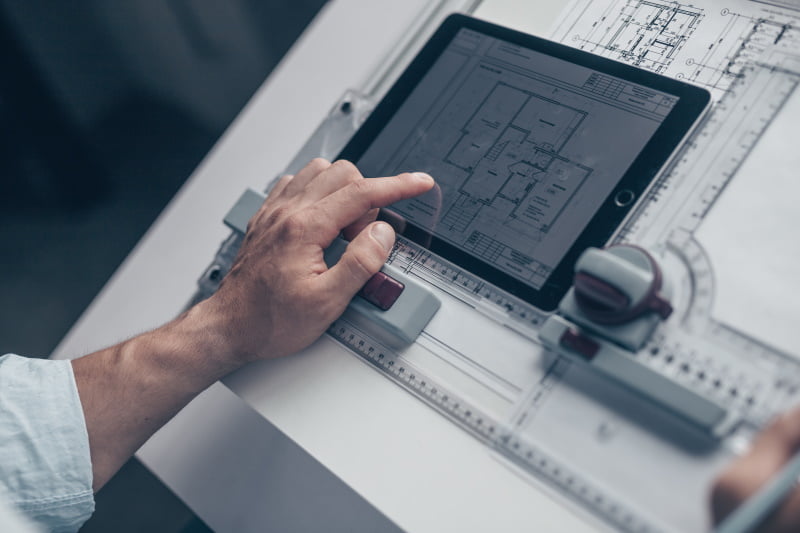10 Tips for developing a Great Architectural Design
The limits outlined below help focus a project and are fundamental to a great architectural design.
The Client/Architect Relationship
Client and Architect must be a good fit in terms of project outcome and rapport. The Client will initially select an Architect based on a recommendation from a trusted friend or colleague, the Architect’s portfolio, reviews, or having met and felt a good vibe. The Client should come to the relationship clear about their objectives and provide realistic goals and expectations. They should feel good about the professional they are hiring. Reciprocal trust on both sides is paramount to achieving the Clients’ goals.
The Architectural Program
The program is the road map to arriving at a great design. It should identify the project’s overall objective and itemize specific characteristics that contribute to the quality of the objective.
The Building Site
The site is strategic to the outcome of a project. A good site meets the goals of the Client on multiple levels. It must resonate with the Client, not always easy to articulate it should inspire a yearning. The site should carefully evaluate it in a feasibility study where all aspects, including zoning, access, environmental and geologic characteristics, are assessed and weighed against the project’s desired outcome.
The Architectural Team
Architects are among the last generalists. They conceive the overall concept, BUT they rely on a team of engineers, designers such as landscape architects and interior designers, and contractors to help elevate a concept to its full potential. Developing a good team early on saves time and money and contributes to the best outcomes.
Communication Between Client And Architect
Good communication between the Client and Architect is the basis for a good relationship. Communication amongst the team is also crucial to the success of a project. It is the Architect’s responsibility to orchestrate communication between the Client and the team.
The Jurisdiction and Building Codes
Nothing gets built today without a building permit. It is fundamental to understand what is allowed and what isn’t. A building permit encompasses land use, civil and environmental engineering, life safety, and energy requirements. The Architect’s job is to understand the nuances of the codes and what limits they imply. They should, however, not be the defining factor of a great architectural design.
The Money Spent On The Project
A Client must have realistic expectations of their project’s cost. This includes hard and soft costs. Hard costs are the actual costs of construction. These costs include mobilizing the site to apply the last coat of paint. Soft costs are the services and fees required to design, permit, and build the project. They include professional fees, permit fees, finance fees, etc. Soft costs vary based on location and type of project but tend to be reasonably stable. Construction costs are inconsistent and are impacted by many things but are ultimately the purview of the General Contractor. The Architect does not control hard costs but should know what is more or less expensive. The project budget is a critical limit the Architect uses when developing a design.
The Architectural Trends
Trends driving design and construction at a given time are dictated by many factors: Aesthetics; Innovation in construction techniques; Cultural shifts; Climate change and reducing environmental impacts, and so on. Trends evolve, and good architects recognize trending ideas that are solid and have staying power versus those that are fads.
The Architectural Work
A superb architectural design is, as they say, 90% perspiration and 10% inspiration. Good architecture takes hard work and time. It is not born in a moment of feverish passion but needs time to simmer and coalesce.
The Test of Time
A genuinely great architectural design remains relevant over time. If you are ready to get started on your next big project, contact Ectypos today!



